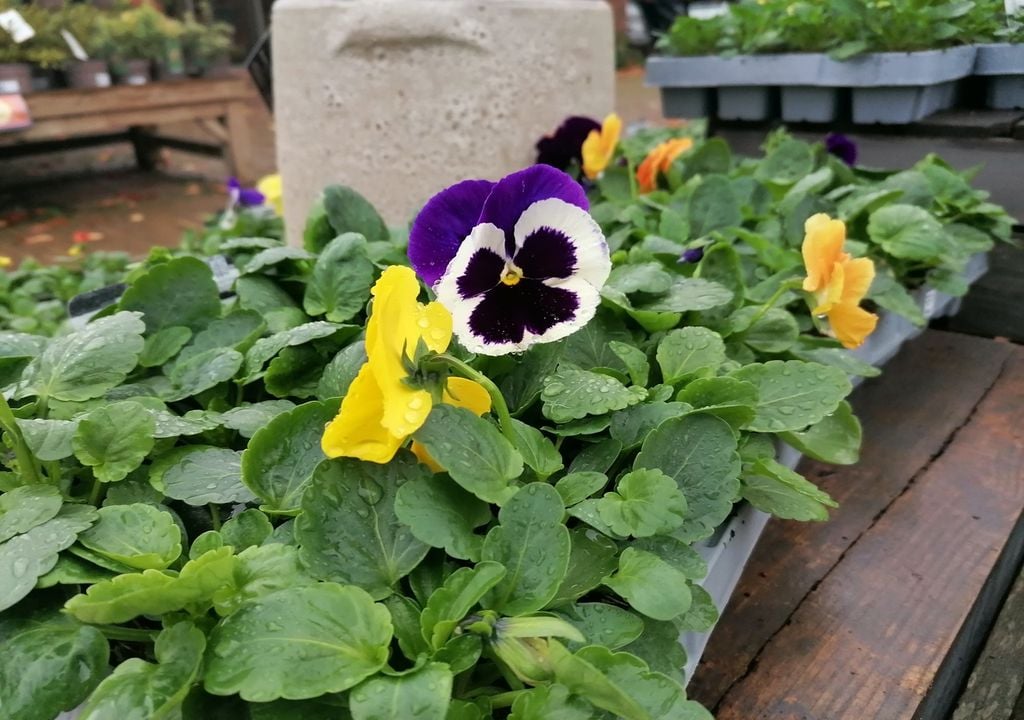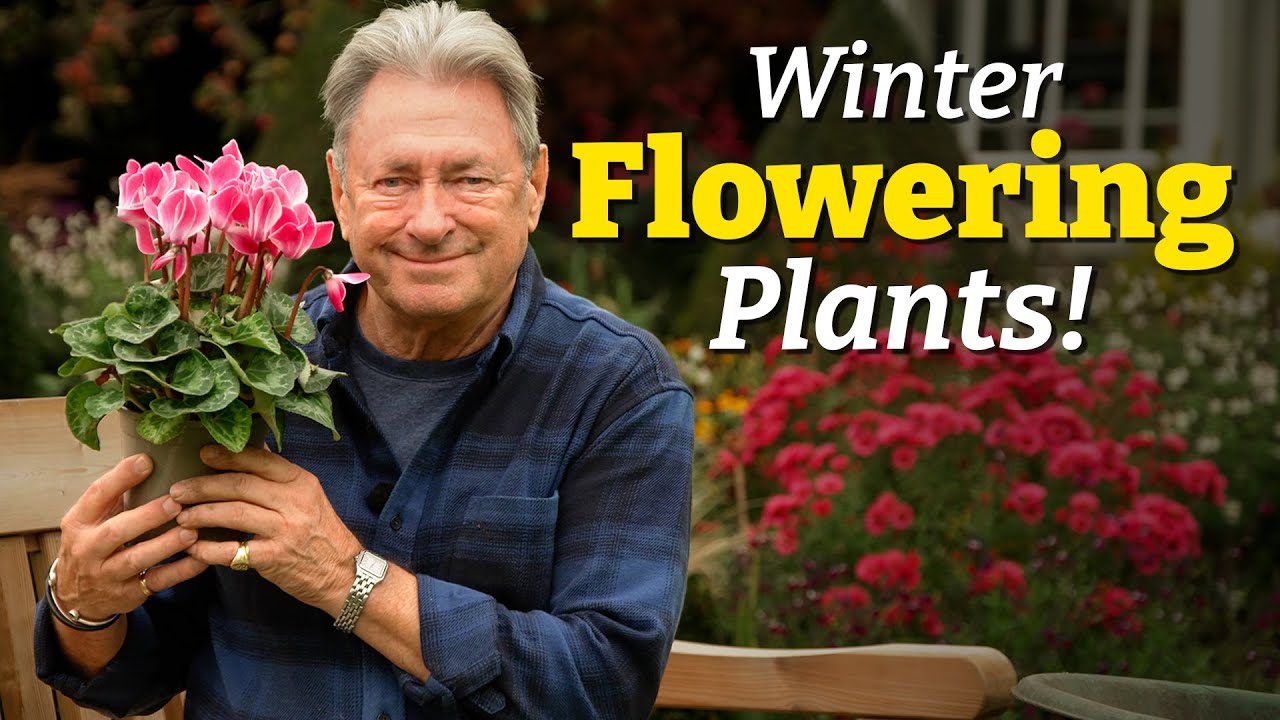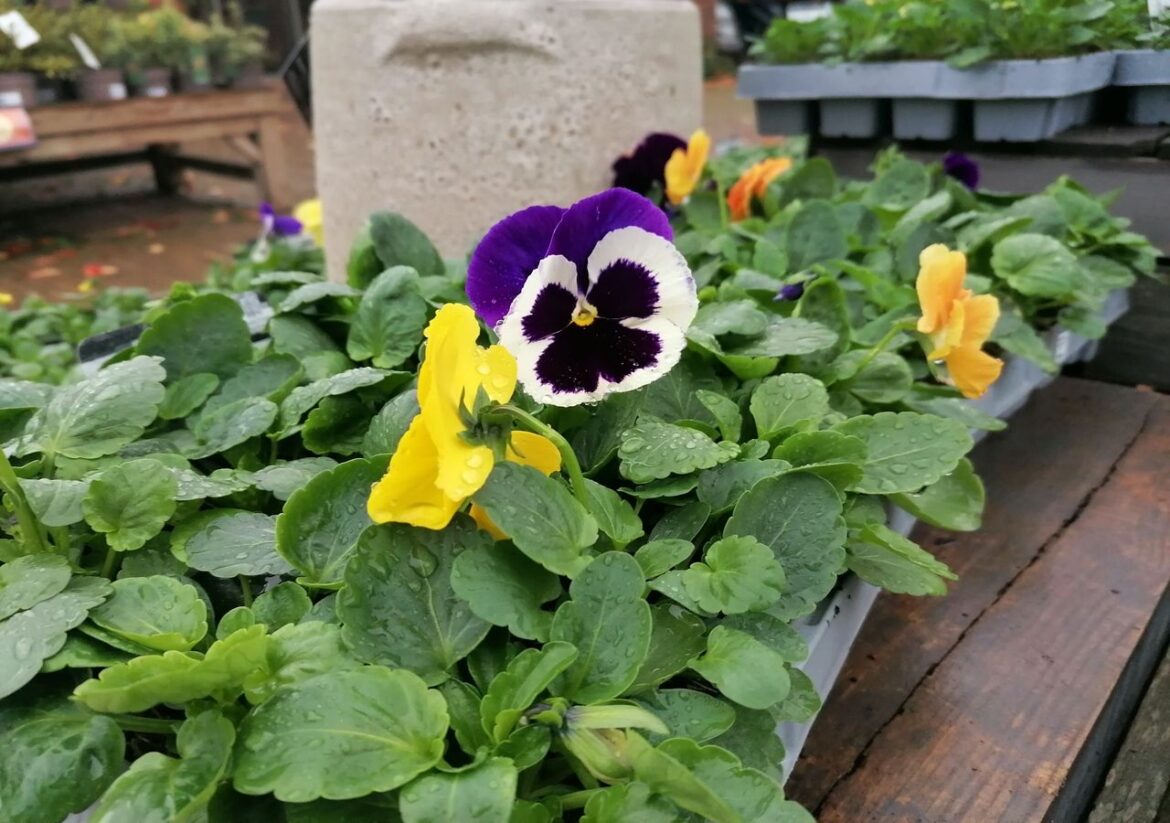 Pick up a packet of delightful pansies from any garden centre near you to add a dash of colour to your garden this winter. Credit: Stephanie Leonida, RHS Garden Wisley
Pick up a packet of delightful pansies from any garden centre near you to add a dash of colour to your garden this winter. Credit: Stephanie Leonida, RHS Garden Wisley ![]() Stephanie Leonida 06/11/2025 06:10 5 min
Stephanie Leonida 06/11/2025 06:10 5 min
RHS Garden Wisley is the home of gardening science, and its dynamic, ever-changing landscape of display gardens is rich with scientific horticultural practices, innovative planting layouts, and fascinating plant species. This winter, visitors can still see some beautiful plants showing colourful blooms and foliage, some that are common and some not so well known.
Looking to expand your plant vocabulary and your horizons when it comes to diversifying your planting, look no further. Let’s explore some common and other interesting plants for sprucing up your garden this winter.
Delightful patches of pansies
Viola “Delta Tutti Frutti” is a common plant known to many and no less delightful. Though delicate looking and something akin to what you may peruse in a children’s fairy book, this little plant is hardy, exhibiting frost resistance, producing big bunches of multicoloured flowers, from autumn, through winter, and into spring.
There are so many varieties of pansies to choose from, whether you desire blooms for hanging baskets, pots, or borders, and they are readily available in garden centres at this time of year, should you wish to pop them straight in the soil. Pansies prefer partially shaded areas with well-drained soil, and when established, can spread luscious, compact blooms in patches of 10-20cm.
A sprinkle of cyclamen
If you’d like to add more splashes of colour to other slumbering parts of your garden, why not clyclamens to your pots and borders. One of the most notable hardy varieties of cyclamen, Cyclamen coum (C. coum), can withstand frost and snow and still carry on blooming. Like winter-thriving pansies, cyclamens do well in partially shaded areas, perfect for planting under bushes and trees.

Other less hardy cyclamen, such as C. repandum and the florist cyclamen, C. persicum, can also thrive outside in cold temperatures; however, they will benefit from adding mulch around the top of the soil at the plant base to shield the roots and from covering with fleece to protect blooms during the winter.
Shrubby hare’s ear
A beautiful evergreen shrub with a dusky silvery green glow, “shrubby hare’s ear” (Bupleurum fruticosum) is not only a pretty gem with clusters of yellow/green flowers in summer and autumn, but also promises to bring added interest to your winter garden. It stands out with its green/blue foliage against the grasses and other diffuse, structurally airy plants, so it would add a pleasing addition to borders and other display areas.
This bushy plant is adapted to full sun and well-drained soil, and takes around 5 to 10 years to reach a maximum height of 2.5 m.

If you don’t already have a natural abundance of the dainty but hardy wild primrose about, why not pick some up from your local garden centre and create your own “primrose path”? These little beauties light up walkways, paths, borders, and add a little dazzle to potted arrangements. Some varieties from the garden centre will throw up blooms in winter, while the wild primrose will gradually fade over winter and flower again during milder spells.
Primroses also benefit from partial shade and thrive in well-drained but moist soil. Frequent watering is required, which should not be a problem in the winter months, though, like many other plants, the soil mustn’t become too waterlogged, which can cause root rot.
New references:
RHS Garden Wisley
RHS, Shrubby hare’s ear
Gardeners’ World, cyclamen
RHS, primrose


Comments are closed.